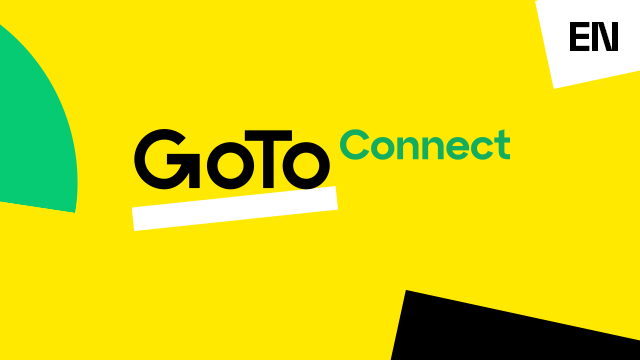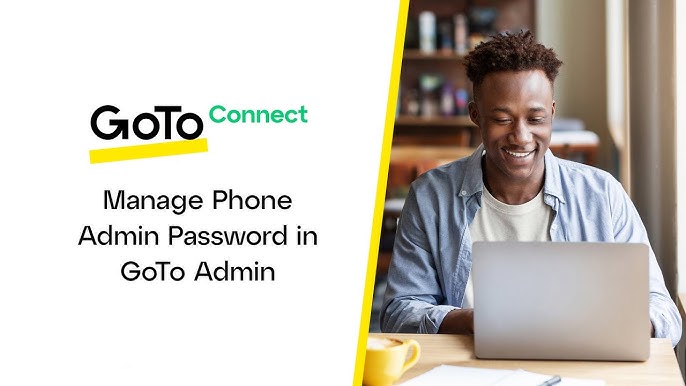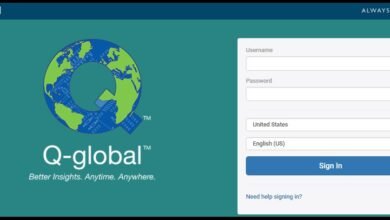Goto Admin: Everything You Need to Know About Admin Access and Control

When people search for the phrase “goto admin”, they are usually looking for quick ways to access their website, CMS (Content Management System), or any platform that has an administrative panel. Whether you’re running a WordPress site, an e-commerce store, or a custom-built application, the admin area is the heart of your digital project. It’s where you control, manage, and optimize everything from settings to content and security.
In this article, we’ll break down what “goto admin” really means, why it’s important, and how different platforms use admin access. We’ll also share some expert tips to manage your admin panel efficiently and keep it secure.
What Does “Goto Admin” Actually Mean?
At its simplest, “goto admin” is a phrase used to describe the action of navigating to an admin panel. For most websites and apps, this usually means adding something like /admin or /wp-admin to the end of the site’s URL. For example, if your website is www.example.com, then typing www.example.com/admin might take you to the login page of your admin dashboard.
This shortcut exists because almost every digital platform needs a backend environment. The backend, or admin area, is completely different from the public-facing site that visitors see. It gives authorized users control over settings, design, users, and data. Without the admin area, you’d basically have no way to customize your site or keep it running smoothly.
It’s also worth noting that “goto admin” isn’t just for websites. Many software tools, cloud services, and hosting providers use this term as part of their login instructions. The idea is simple: if you want control, you need to go to admin.
The Role of an Admin Panel in Websites and Applications

The Goto admin panel is the control room of your website or application. It’s where you can add or remove content, manage users, monitor analytics, and even change the entire design with just a few clicks. If we compare your website to a car, the admin area would be the dashboard with all the controls—from the steering wheel to the speedometer.
One major benefit of having a centralized admin area is that it makes management more efficient. Instead of digging into complicated code or files every time you want to make a change, you can simply log in and use a visual interface. This is why CMS platforms like WordPress, Joomla, and Shopify are so popular. They allow even beginners to manage sites with ease.
Another key role of the admin area is security and access control. Only users with the right permissions can log in and make changes. This ensures that not everyone has free rein over your site or application. Admin panels usually come with different roles, such as editor, moderator, or administrator, so you can decide who has access to what.
Common Platforms Where “Goto Admin” is Used
Different platforms have their own ways of using the “goto admin” concept. Here are some of the most popular ones:
WordPress
For WordPress, the most common way to access the admin panel is by typing /wp-admin at the end of your domain. This is where you can control posts, themes, plugins, and everything else related to your site. WordPress has made the phrase “goto admin” very popular because millions of people use this shortcut daily.
E-commerce Platforms (Shopify, WooCommerce, Magento)
E-commerce sites rely heavily on admin panels. In Shopify, you typically go to yourstore.myshopify.com/admin. This takes you directly to the backend, where you can manage products, process orders, and analyze sales. WooCommerce, which is built on WordPress, also uses the /wp-admin system. Magento, on the other hand, lets you configure your admin URL during installation for security purposes.
Hosting Panels (cPanel, Plesk, DirectAdmin)
In web hosting, “goto admin” often means accessing your cPanel or DirectAdmin dashboard. These tools give you control over your files, emails, domains, and databases. Unlike CMS dashboards, hosting admin areas require a bit more technical knowledge, but they’re essential for managing the deeper side of your website.
Why Security Matters in Admin Access
While the convenience of “goto admin” is undeniable, it also creates a huge security risk. Hackers are always on the lookout for weak admin logins because once they gain access, they can take over your entire website or application. That’s why protecting your admin panel should always be a top priority.
The first step is to use strong, unique passwords. Many website owners still rely on default or simple passwords, which makes them easy targets. The second step is to use two-factor authentication (2FA). This adds an extra layer of protection, ensuring that even if your password is stolen, attackers can’t log in without the verification code.
Another pro tip is to change your admin URL. Instead of keeping it as /admin or /wp-admin, you can rename it to something less predictable. For example, www.example.com/mysecretlogin. This doesn’t guarantee complete safety, but it reduces the chances of automated bots finding your login page.
Tips for Managing Your Admin Area Efficiently
Being an admin is more than just logging in and making changes—it’s about managing resources effectively. Here are some expert tips to make your admin life easier:
Organize User Roles
Not every user needs full admin rights. Assign proper roles like editor, contributor, or moderator to minimize risks and streamline workflow. This way, each person only has access to what they need.
Keep Everything Updated
Outdated plugins, themes, and scripts are common entry points for hackers. Regularly updating your CMS, themes, and extensions not only adds new features but also fixes security holes.
Backup Regularly
No matter how careful you are, accidents and attacks can happen. That’s why automated backups are a must. Make sure your hosting provider offers easy backup and restore options, or use third-party tools to schedule them.
The Future of Admin Panels
The concept of “goto admin” is evolving rapidly. Admin panels are no longer just static dashboards with buttons. They are becoming smarter, more user-friendly, and AI-driven. Many platforms now use predictive analytics and automation tools within admin areas to make management easier.
For example, some e-commerce admin dashboards can now predict sales trends and suggest which products to restock. CMS platforms are integrating AI-based writing assistants, SEO checkers, and automated content schedulers directly into the admin panel. This means less manual work for admins and more time to focus on growth.
In the future, we can expect admin panels to become more customizable and intuitive, with drag-and-drop features, real-time collaboration, and even voice commands. Imagine just saying “goto admin, publish my blog” and having it done instantly—that’s the direction technology is heading.
Final Thoughts on “Goto Admin”
At first glance, “goto admin” may look like just a shortcut, but it’s actually much more. It represents the gateway to control, management, and growth for websites, applications, and online businesses. Without admin access, you’re basically flying blind, unable to fully operate your digital platform.
Whether you’re managing a small blog, an online store, or a large-scale enterprise system, knowing how to access and secure your admin panel is essential. From WordPress to Shopify, from cPanel to custom dashboards, “goto admin” is the one phrase every website owner should be familiar with.
The bottom line? Treat your admin panel like the control tower of an airport—organized, secured, and always ready to guide your operations. Because when you know how to properly “goto admin,” you don’t just manage your site—you master it.


